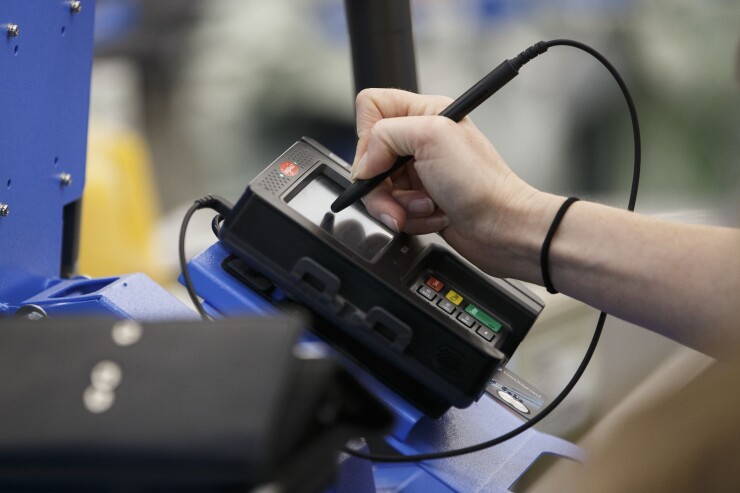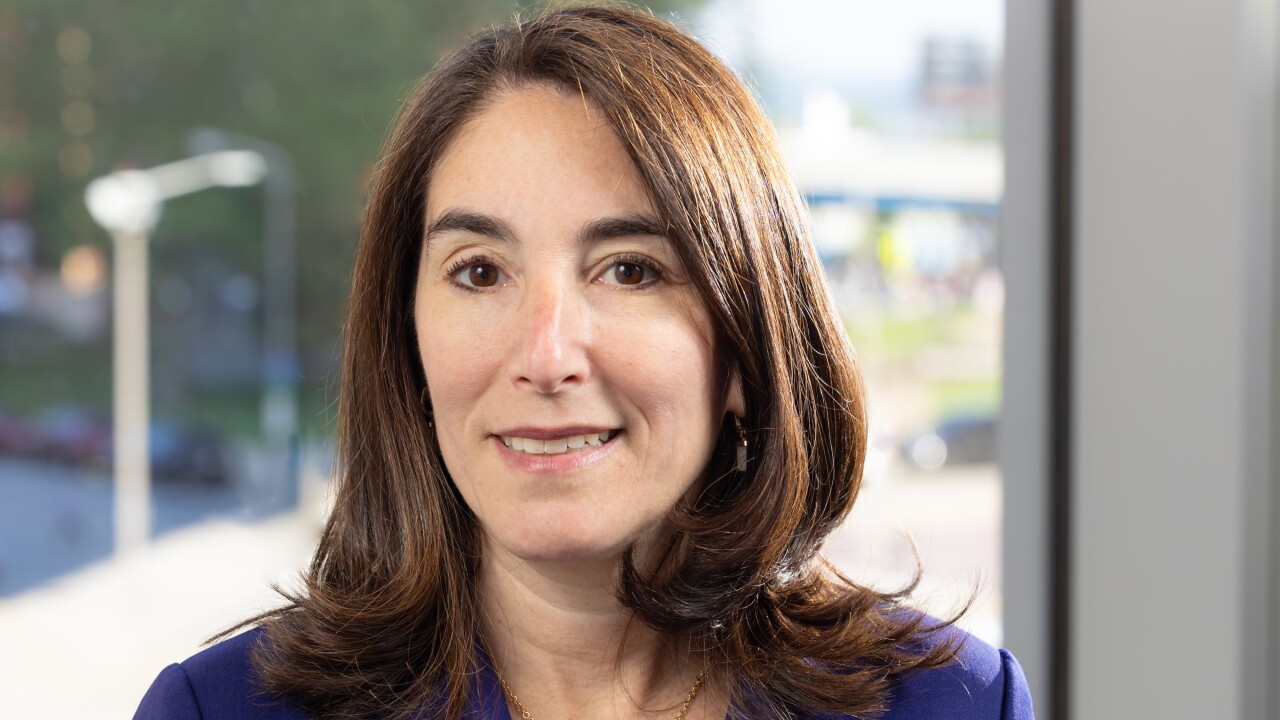After struggling for the last two years, credit card borrowers appear to be turning the corner.
Late payments on credit cards aren't rising much and are even declining at some major card companies, according to recent data. And while cardholders' balances are continuing to rise, their growing incomes mean they're better able to keep up with payments.
There are plenty of ways for things to go wrong. Interest rates on credit cards are at their highest levels in decades. Inflation continues to take a bite out of consumers' wallets. Younger borrowers and those with lower credit scores are struggling more. And the economy could always falter, even if Friday's job report is a sign of health.
But at the very least, the credit card industry is no longer showing widespread deterioration, reducing the risk that banks will absorb big losses by charging off loans from troubled borrowers.
"There's reason to be cautiously optimistic," said Susan Fahy, chief digital officer at the credit-scoring company VantageScore.
As of April 2024, some 1.35% of credit card balances had late payments of at least 30 days, according to
Credit card metrics were unusually healthy in 2020 and 2021, as home-bound cardholders spent less and paid down their credit cards with their savings and stimulus funds. Later, as delinquencies started ticking up again, industry executives described the worsening they were seeing as "normalization."
If late payments persist, banks eventually charge off loans from seriously delinquent borrowers. Charge-off rates have gone a little past normal, but not by too much. Banks charged off some 4.4% of credit card loans in the first quarter, a bit more than they did before the pandemic but still far less than their 2009 level of 10.5%.
Consumers are "managing" through today's inflationary environment without showing big signs of wobbling, according to Brian Wenzel, chief financial officer at the credit card issuer Synchrony Financial. The average consumer is "pulling the economy forward," Wenzel said Monday in remarks at an industry conference, even if Americans are shopping for cheaper products or pulling back on travel.
"We see general stability in their delinquency stages," Wenzel said, adding that his company's charge-offs peaked in April.

Synchrony's charge-off rate fell to 6.5% of its loans in May, down from 6.7% in April, according to monthly data the company released Monday. The company expects its charge-offs to be lower in the second half of the year, partly because fewer customers are running late on their payments. Delinquencies at Synchrony fell for the third month in a row.
Other credit card executives have also been optimistic in recent months.
"The U.S. consumer remains a source of strength in the economy," Capital One Financial CEO Richard Fairbank told analysts in April, chalking that up partly to a job market that "remains strikingly resilient."
Delinquencies were still rising at some major banks, including JPMorgan Chase and Bank of America, at the end of the first quarter. New data will be released next month as the industry reports second-quarter earnings.
But there are ample signs of an "inflection in delinquencies across the consumer credit space," Jefferies analyst John Hecht wrote in a note to clients this month, pointing to improvements in credit cards, auto loans and personal loans.
"Broad data supports the notion that the credit cycle is turning," Hecht wrote, a factor that may drive up credit card companies' stock prices as investors gain confidence that the environment is improving.
Even if the economy takes a negative turn, lenders have set aside enough reserves to cover loan losses under a "moderately worse employment situation," Hecht wrote.
Mark Narron, a Fitch Ratings analyst who covers banks, said that some deterioration may still occur in the coming months as metrics continue to find their post-pandemic normal. That's particularly the case among lenders who took on riskier borrowers when conditions were healthier.
Younger credit card borrowers and those with lower incomes have
To see significant improvements, either the number of maxed-out borrowers must decline or their delinquency rates must fall, according to the New York Fed economists.
"So far, the data show neither of these trends moving in the right direction," they wrote. "If these trends continue and other factors influencing delinquencies remain the same, credit card delinquencies are likely to continue to rise."






